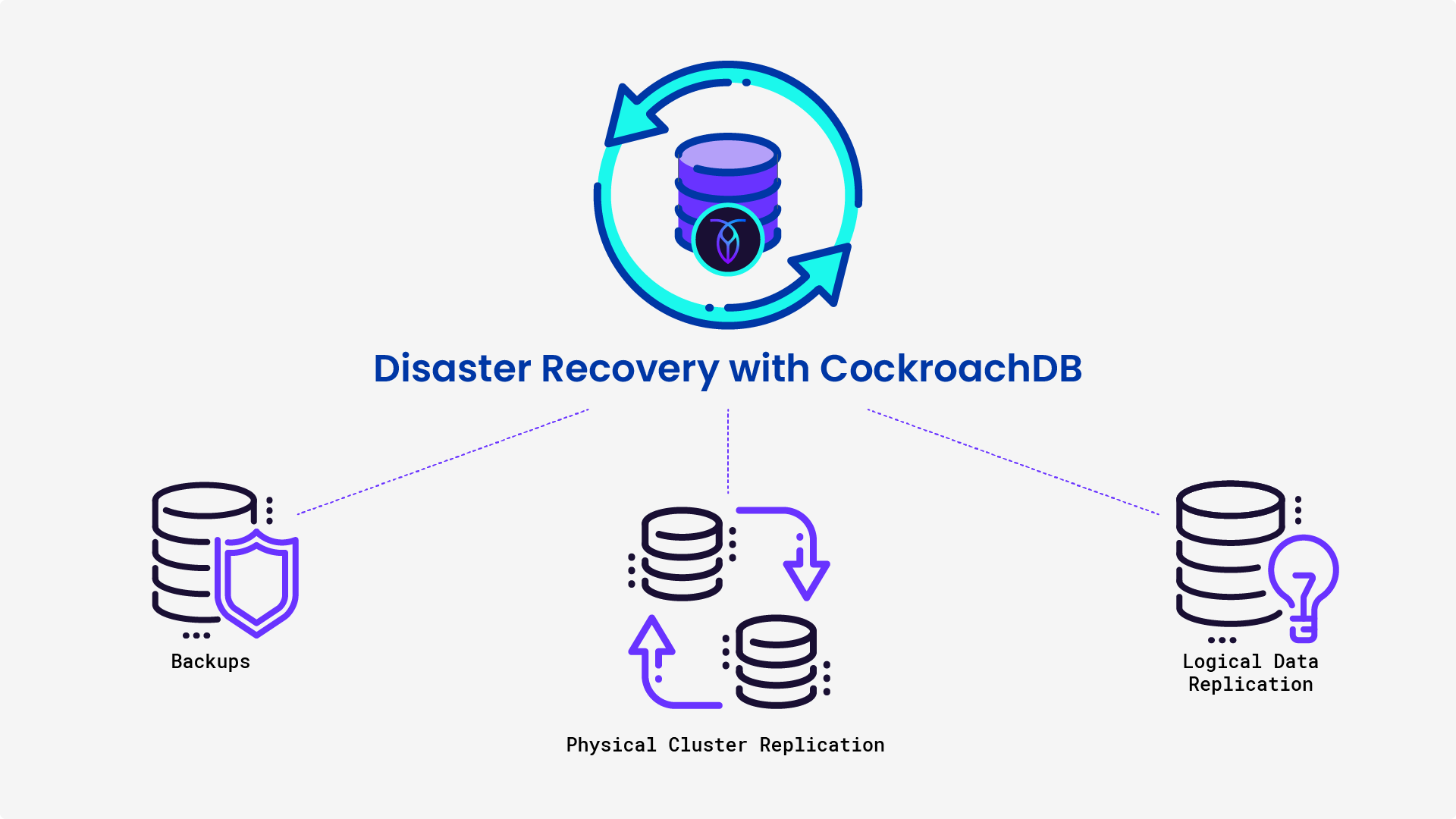David Delaney is a Recruiter at Cockroach Labs. During office hours you'll find Dave interviewing and reaching out to engineers or thinking about how to improve the candidate experience. Outside of work most of his time is dedicated to his wife Rachel and son Ezra, but he does find time on Sundays to run around a bit in his old guys soccer league.
--
Startups tend to be a breeding ground of ideas that push the envelope. The lack of red tape and bureaucracy paired with limited resources creates a perfect environment for innovation, experimentation, and a bit of scrappiness. In my experience, teams like Engineering, Design, and Marketing have excelled at this while People Operations tend to be stuck in the past. Sure, a new sourcing tool or Applicant Tracking System (ATS) might stir the pot a bit, but hiring and interviewing look very similar today compared to ten years ago. And ten years in the startup world might as well be 100.
The fact of the matter is that the traditional hiring process is fundamentally broken.
Companies often complain about how hard it is to hire great people, to have diversity on the team, and to get candidates engaged throughout the process. Yet, those same companies refuse to adjust their approach, simply throwing their hands up wondering why nothing gets better. The cynic would say it’s lip service - they know, for example, that diversity is something they are supposed to care about but they aren’t willing to put the effort in. But as I talk to more and more Talent Acquisition professionals, it has become clear that part of the problem is far less nefarious... companies just don’t know where to start.
When I spoke to our Chief People Officer, Lindsay Grenawalt, before deciding to join CRL, I was thrilled to hear her describe the founders’ willingness to approach things in a different way. To be fair, they did start a company called Cockroach Labs, so I shouldn’t have been completely shocked. Hiring a Head of People Operations as one of the first employees at the company was proof that they were (and still are) dedicated to being trailblazers with not only our product, but also with our culture and hiring practices.
So, let’s take a look at how we’re attempting to build the most talented, diverse, engaged team possible. I’ll be touching on three key practices that we have implemented:
Removing resumes throughout the interview process
Exercise-based interviews
Open-sourced interviews
Removing Resumes
Of the three areas I’ll discuss, this is the most controversial. Traditional hiring practices are so ingrained in a lot of people that the idea of not having a candidate's resume is just a bit far-fetched. In fact, I’ve had people laugh when I bring it up because they are sure I’m joking. But, we have found that once interviewers and candidates alike get past that initial shock and actually see the experience it in action, it’s generally well-received. For interviewers, they can focus entirely on the question(s) posed to the candidate, judging them purely on performance as opposed to having it skewed by details like the candidate’s current company or academic background. Similarly, candidates can be confident that they are being assessed on their abilities rather than a sheet of paper.
One thing worth noting is that recruiters still have resumes for the introductory phone screen. There are two reasons that I bring this up. First, to acknowledge that there’s still going to be some level of bias that occurs at the top of the funnel. A recruiter is a human and humans have bias; so, it’s better to acknowledge it than pretend it doesn’t exist. And second, this process requires a massive amount of trust and respect between recruiting and hiring teams. They are relying on us to put qualified people into the pipeline, and we need to be true experts on each of our roles to be successful. No one said this was going to be easy!
Exercise-Based Interviewing
A lot of people I talk to have some horror story about interviewing at a company, but even the “good” experiences tend to go a similar route. You walk into a series of interviews where you talk to a handful of people who all ask some variation of the same questions, and you spend a few hours repeating yourself. If the questions the interviewers choose happen to touch on areas you’re familiar with, great you’re a fit! If they happen to focus on one particular area you don’t have much experience in, you get to spend the day wondering when the pain will end and second-guessing why you ever thought this was a good idea.
“What’s your biggest strength?”
“What’s your biggest weakness?”
“Where do you see yourself in 5 years?”
These questions aren’t completely unreasonable, but I do cringe every time I hear them. They really don’t give any actual insight into the candidate's ability. Even asking candidates about their biggest accomplishment falls short - it can give them an opportunity to talk about what they’ve done, but it doesn’t always translate into their ability to actually do the work. And at the end of the day, while communication skills are important, they aren’t the only skills we want to assess.
To address this, we get creative as a team and create exercises for each stage of the interview process. This could be a take-home project, a presentation, a case study, or anything that allows the candidate to show what they are capable of producing. For example, my onsite interview at CRL for a recruiting role included interviews such as “Pipeline Development / Sourcing Strategy” and “Extending an Offer”. The daily responsibilities of a recruiter were turned into a role-playing, output-focused interview where I was able to showcase my experience in these areas as well as give the team a glimpse into what it would be like to partner with me. I was able to highlight my strengths, and I left feeling as though the process was fair and a good use of everyone’s time. Though the interviews were challenging and nerve-wracking (extending an offer to the CEO / founder of the company did make me sweat), the process was far more engaging and enjoyable than any interview I’ve done in recent memory. Now that I’m a part of the team, the interviewers have shared with me that exercise-based interviews give them a better understanding of a candidate’s ability to do the job and bonus they no longer think of conducting interviews as a burden!
Open-Sourced Process 
We are an open-source software company, so transparency is in our DNA. Before I became familiar with how the People Ops team operated, I assumed this ended with our product. I couldn’t have been more wrong. The open-source concept is something we extend to other aspects of how we operate on a day to day basis. For example, team meeting notes are shared with the entire company so all of us are aware of what other teams are working on and can ask questions or provide feedback. On the Talent Acquisition team, we have created an open-sourced interview process where we give candidates insight into what to expect throughout each stage of the process. Think of it like a teacher giving students an outline of what will be on their exam. We’re not looking to catch candidates off guard, instead we are much more interested in how they apply their knowledge and skills. To keep the school metaphor going: we want employees who can apply, not memorize.
There is something to be said about a candidate’s ability to think through a problem that they are seeing for the first time. We are a startup after all, so not every day will be well-defined or consistent. However, our belief is that this should only be a portion of what we assess during the interview process as opposed to being the majority. We approach this by allowing for “curveball” questions. These are extensions of the interview that we don’t explicitly define in our open source documentation— we let candidates know these are coming so they don’t feel misled. In addition to seeing how candidates work under pressure, it can also be used as an opportunity to dig in further with strong candidates who make it through the first part of the interview quickly. These curveball questions can lead to helpful insight when attempting to separate a candidate who meets the role’s expectations from one who excels. It is important to remember that this is only a small portion of the interview and doesn’t negate performance from the rest of the question.
Conclusion
I said it before and I’ll say it again: removing resumes is hard work! It requires having leadership who believe in the value of a fair, thorough hiring process. It requires a recruiting team to be willing to explain the process and update it regularly for every single interview. It requires interviewers to be open-minded and willing to step outside of their comfort zone in an attempt to make better hires. At the end of the day, our experience has been that this experiment has been (and still is) a success. Anecdotally, I believe this to be the most talented, collaborative, and passionate group of co-workers I’ve ever had the good fortune to work alongside— and despite what some people believe about making changes to the hiring process, none of these things have slowed us down. On October 1st, 2018 my first day at CRL we were 56 Roachers strong. One year later (on my first Roachiversary) we were 117, meaning we've more than doubled in the last 12 months.
One last note - if you’re not currently taking any of these steps in your recruiting process that’s okay! It can feel overwhelming to make sweeping changes, and trying to implement all of these at once would probably not be feasible. Start small. Perhaps pick one role to pilot exercise-based interviewing and find a champion internally who is willing to give it a try. And then acknowledge that there will be bumps along the way; but, that doesn’t mean it’s impossible. Remember, it’s not as though traditional hiring goes perfectly every (or even most of the) time. We love the way we hire here at CRL, but we also know we always have to be thinking about how to refine the process and make it better. So, if you have thoughts about what we could do better or questions about our hiring process, we’d love to hear from you. You can reach me at recruiting@cockroachlabs.com. And if you want to take a look at some of the documentation, head on over to our Github page where it’s described in even further detail.



